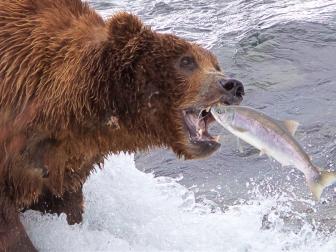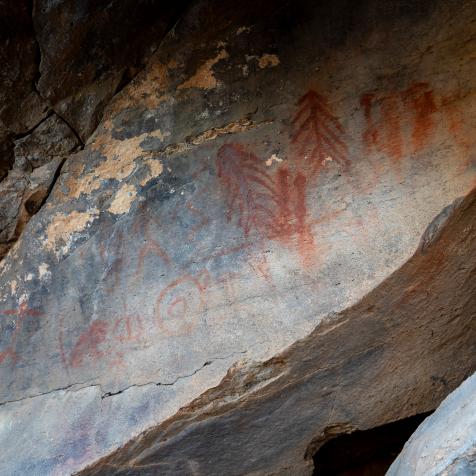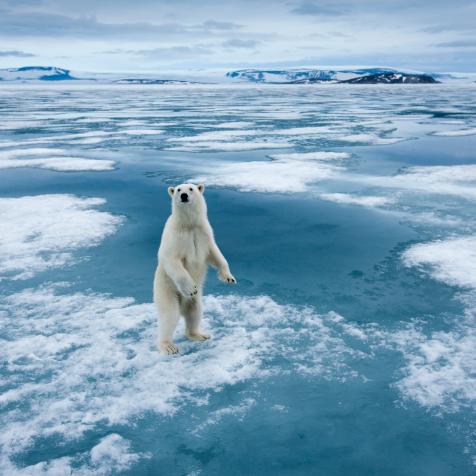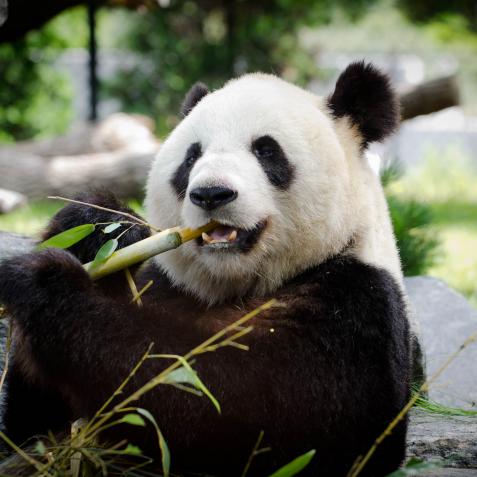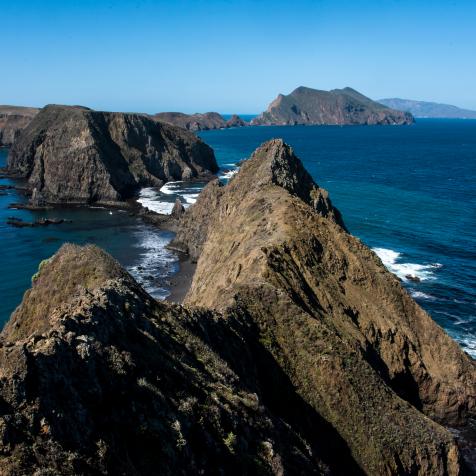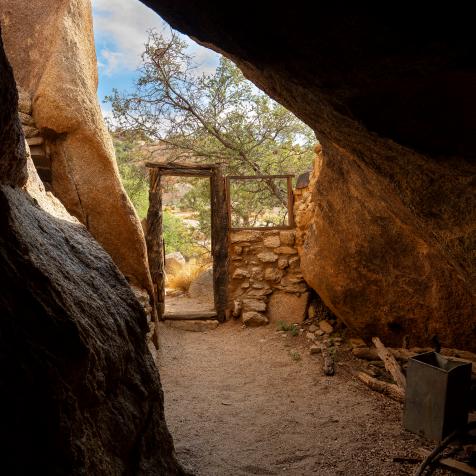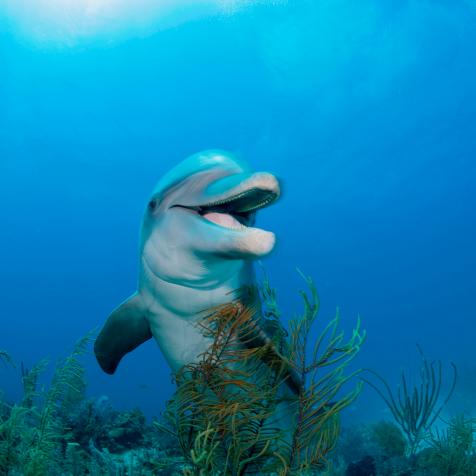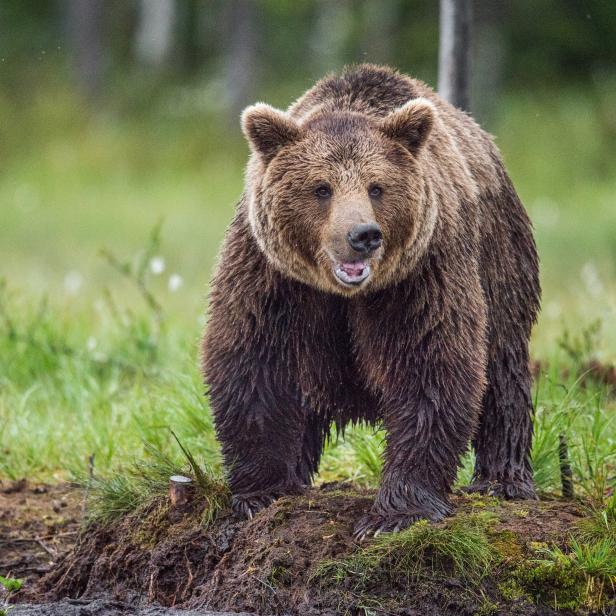
USO
We’re Weighing In On The Heaviest Competition of the Season: Fat Bear Week
All the bear booties of the world, unite for Fat Bear Week.
Yeah, it’s back. And looking beefier than ever. This week kicks off the annual Fat Bear Week competition, a national celebration of the furry friends of Katmai National Park, located at Brooks River in Alaska. Since 2015, the contest has allowed bear-lovers to vote for the chunkiest of them all and predict who they think will pack on the most pounds by the end of the week.
So what’s all of this eating about? Well, it all has to do with a cyclical pattern of hibernation and hyperphagia, which means “extreme hunger.” Each winter, brown bears endure a months-long famine that results in the loss of one-third of their body weight. One-third! Their survival during this period depends on their accumulation of enough fat reserves before entering the den. At Katmai, these bears are among the heaviest in late summer and early fall after spending an entire season appeasing their hunger - and they’re not afraid to show it!
Check out some of these “Before and Afters” from this year’s bracket of competitors.
Fat Bear Week is Back and Bigger than Ever 7 Photos
It's time for the bears to fill up their bellies with salmon and pack on the pounds to prepare for winter hibernation. See some before and after pics of these big bears on campus at Katmai National Park and Preserve in Alaska.
Fat Bear Week has been around since 2015, and some of the top competitors are back in the arena to defend their titles. Fan favorites include Chunk, a large adult male with a knack to challenge his fierce companions, and his most revered competitor, 747, who took the title as 2020’s thickest king.
There are also quite a few newcomers on the sidelines. One bear-y young, nine-month-old cub named 132 will make his debut on Friday, October 1, and is predicted to gain steady body mass over the next few weeks.
Who will take the cake? You can learn more about the event by visiting explore.org/fat-bear-week, and following all of the fun on Instagram with @fatbearweek and @katmaiconservancy.



































































